Weak Current Cables & Wire : Selection and Standards
 Oct 22,2021
Oct 22,2021

 Red Banner Electrician
Red Banner Electrician
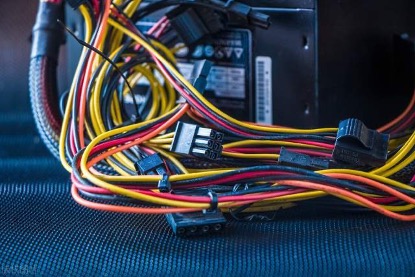
What is a weak current cable and how to choose one? Electricity is crucial in our modern lives, as it powers most of our technological devices and vehicles. In various fields such as electric power, electronics, and technological development, cables are needed for different applications. These cables must possess specific properties to ensure human safety and efficient transmission of electricity.
Cables are conductors made of copper wires insulated with plastic materials. They are used to carry electrical current. The type of wires used, whether single or multiple (flexible), directly affects the quality of transmission. ELV systems, on the other hand, encompass systems that facilitate information flow, communication, control, safety, security, and management within a building.
In addition to devices that require high power and energy, there are also devices that operate at low currents. These devices utilize weak current cables specifically designed for their intended applications. Weak current cables are manufactured using various materials depending on their field of use. They are used for energy supply, control, communication, and information transmission.
While weak current cables are made from different materials, their design ensures the safe operation of equipment and systems, even in hazardous situations.
Electrolytic copper and its alloys are commonly used as the primary conductor material in cables, while insulation and sheath materials vary depending on the intended application.
Weak current cables are widely employed in various fields. The increasing prevalence of smart structures, the development of nuclear, solar, and wind energy production facilities, as well as industrial automations, have contributed to the growing utilization of weak current cable types.
Weak current cables encompass a wide range of types, including control cables, coaxial cables, welding cables, railway cables, fire-resistant cables, composite cables, closed-circuit television cables, silicon cables, busbar cables, power cables, instrument cables, ship yacht cables, fire alarm cables, installation cables, audio and video cables, among others.
Weak current systems refer to low-voltage electrical infrastructures that carry current levels that are not harmful to humans. Weak current cables are typically used for indoor cable applications in buildings. They are best suited for applications such as video systems, alarm systems, CCTV security camera systems, audio systems, data transmission and streaming, security systems, and telephone systems in buildings, particularly those below 1kV.
Weak current cables excel in various fields, making them a suitable choice for residential and commercial buildings.
Weak current cable types find applications in shopping malls, cinemas, fire detection systems, anti-theft systems, access control systems (gates, card access control, face recognition, fingerprint recognition, barrier systems), telephone exchanges, emergency broadcasting, central television systems, smart home technology, and data/network infrastructure systems.
Most weak system cables are installed inside buildings and typically operate at 12V. Thoughtful planning and implementation of weak current systems are crucial to ensure building safety and energy efficiency. In densely populated buildings like hospitals, cinemas, schools, residences, airports, tunnels, factories, universities, public buildings, and sports facilities, weak current cables play a vital role.
When choosing weak current cables, several factors should be considered:
- Whether they will be installed indoors or outdoors
- Whether they will be used for residential or industrial purposes
- The average air temperature inside the building
- Protection against rodents in the environment
- The cable's load capacity
At the same time, check whether the weak current cable is flame-retardant and fire-resistant, and whether there is flame or smoke in case of fire. When there are risks such as impact, force, and rodent damage in the environment, attention should be paid to selecting a suitable sheath or whether the cable needs to be shielded. When weak current cables are exposed to adverse factors such as humidity, chemicals or oils in their environment, it should be decisive that the cables contain various protective functions.
Also, that all weak cables are powered by UPS is one of the most important issues. Shielding may be required when there is another signal in the environment that could affect the signal being transmitted over a weak current cable.
Weak current cables need to comply with some local or international standards depending on the type of circuit they will be used on and the area of use. There may also be instances where special specifications require compliance.


 HOME
HOME 3 Minute Make U Mastering the Variations and Uses of DC and AC Cables
3 Minute Make U Mastering the Variations and Uses of DC and AC Cables  You May Also Like
You May Also Like



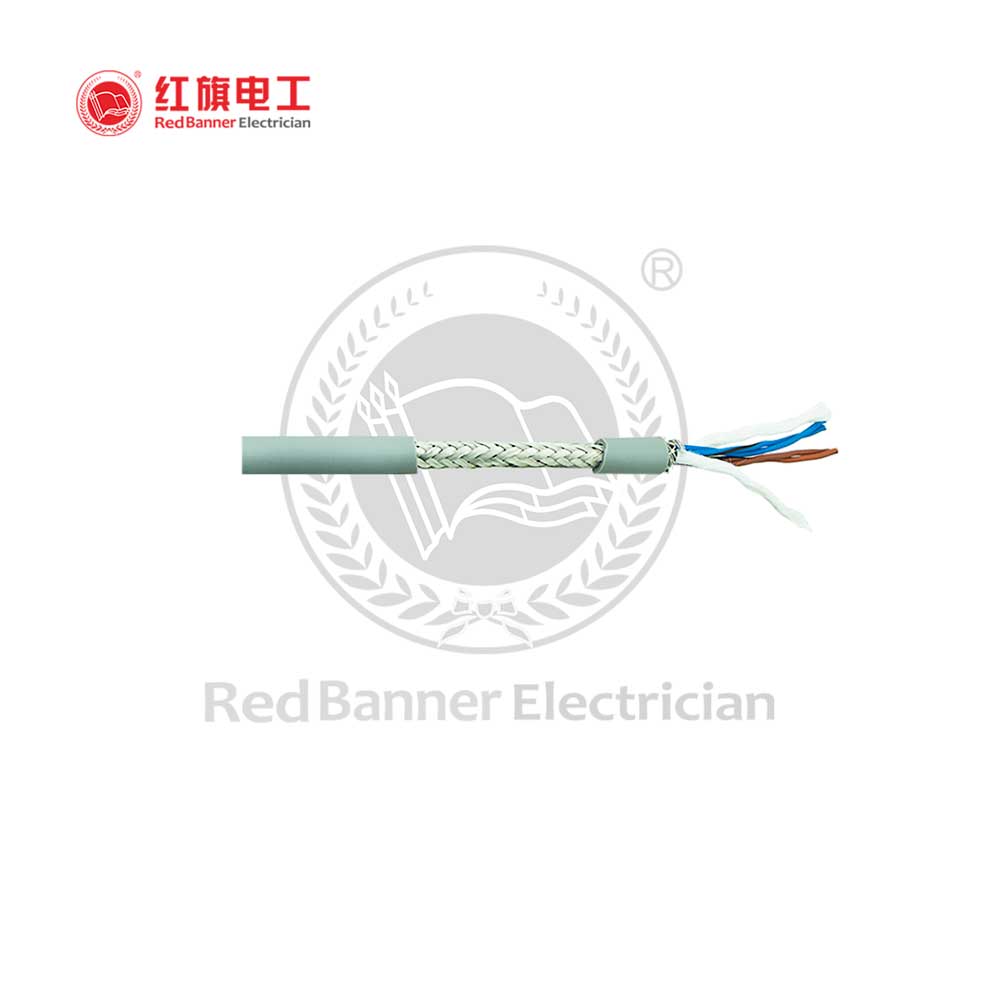

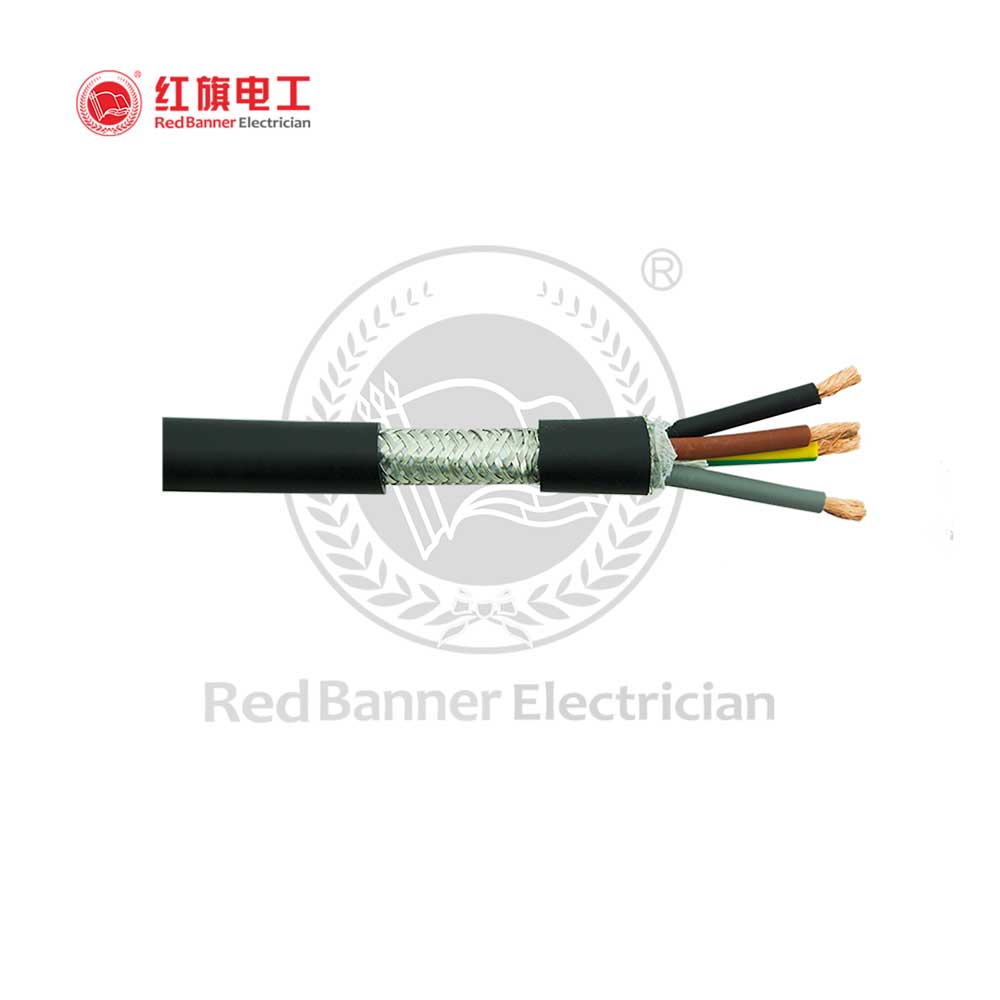

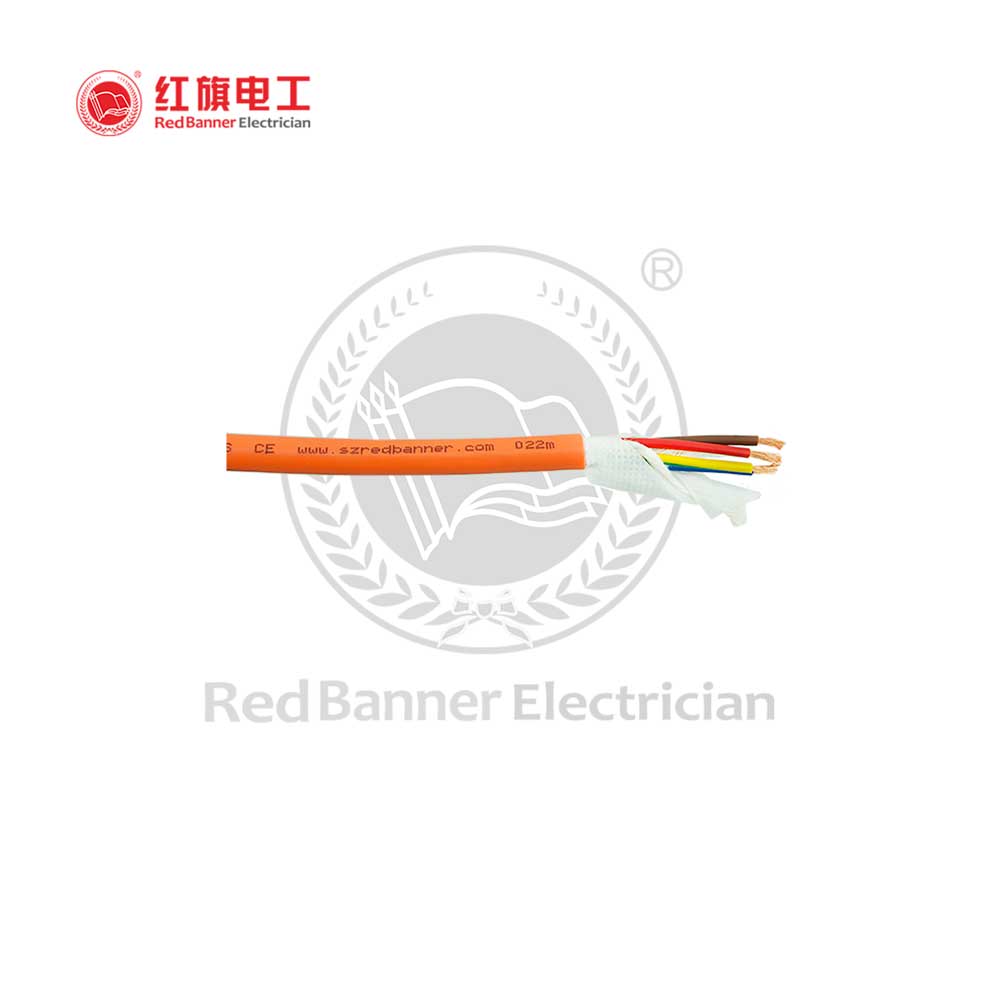
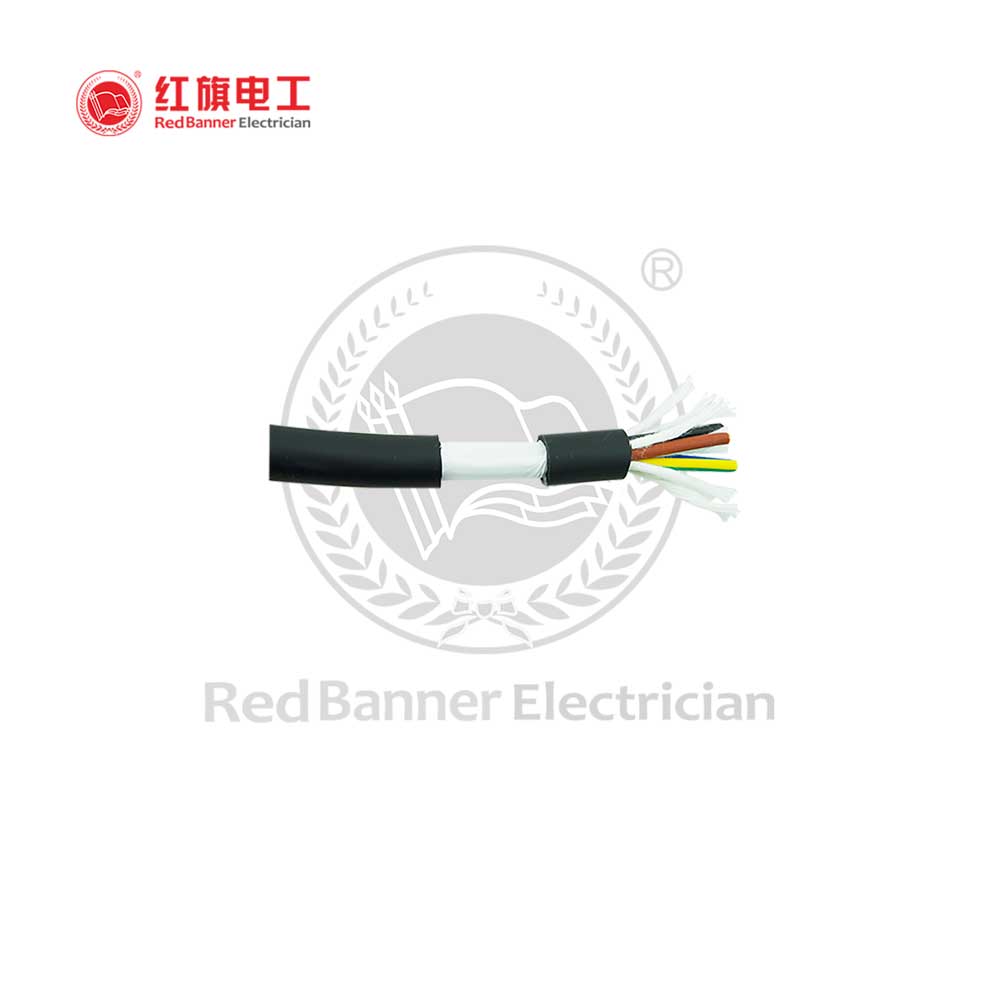

 Tel
Tel
 Email
Email
 Address
Address









